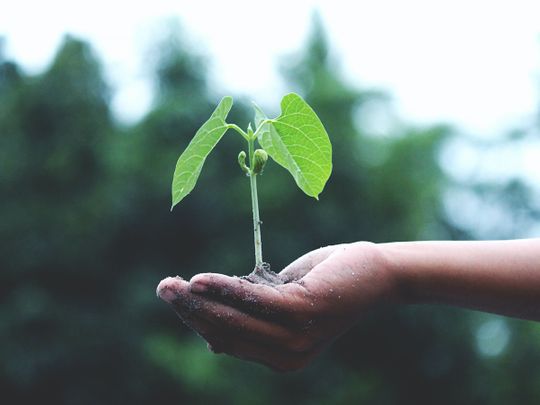
If you pluck a fruit from a tree, eat it, and throw the seeds and core behind you as you walk away, Mother Nature will find a way to use that discarded remnant, and spring forth a new tree – a new life.
Click start to play today’s Crossword, where “seed” is one of the answers to the clues.
Humans have known for a long time that planting trees is one of the best ways to heal our environment and support plant and animal habitats.
In the 13th century, for instance, the king of Portugal, Alfonso III, directed the planting of a pine forest to hold back encroaching sand dunes. And when China was ruled by the Zhou Empire between 1100 BC to 256BC, the emperor created a forest service with the specific mission of preserving the country’s natural forests and replanting cut forests.
According to US-based environmental news website Mongabay, there’s even evidence of indigenous people planting domesticated species, before the arrival of European settlers, that researchers now believe influenced the composition of the Amazon Rainforest that we see today.
So, it’s no wonder there are some people who are keeping up with the tradition in their own corners of the world today, making it greener, and more beautiful than ever before.
One such person is Jadav Payeng, who has planted hundreds of trees since 1979 to save his island in India, which has been threatened by soil erosion. Widely covered in the news and even in a documentary called Forest Man, which was showcased at Cannes in 2014, Payeng’s story begins in northeast India’s Majuli Island – the world’s largest river island.
According to an April 2018 report in the National Geographic, the island is home to 150,000 people, but has lost over half its land mass to erosion by the Brahmaputra River that laps its shores. But with diligence and persistence, Payeng protected the island by turning it into a forest that is now larger than Central Park in the US. The forest is so rich in flora and fauna, it’s now home to elephants, rhinos, tigers and hundreds of bird species.
The transformation has received the world’s attention, but now, Payeng is facing another challenge – of protecting his home from people who want to use the island for economic gain.
Do you know someone who is changing their environment by planting trees? Play today’s Crossword and tell us at games@gulfnews.com.








